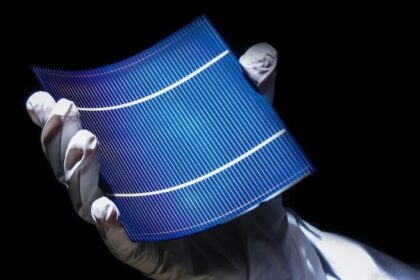US researchers have programmed an AI tool to examine 60,000 fingerprints. The result: the artificial intelligence claims that human fingerprints are not unique. The researchers are still unable to explain the results.
Fingerprints are unique: this is a widespread belief. But research findings from Columbia University in New York are now calling this into question. A team led by robotics researcher Hod Lipson has programmed an AI tool to examine 60,000 fingerprints.
AI claims that fingerprints are not unique
Some of the prints belonged to the same person, but to different fingers. Others came from different people. The researchers’ aim was to find out which fingerprints came from which person.
According to the results, the AI became better and better at matching the prints over time. The researchers speak of an accuracy of up to 77 percent.
The value was highest for several prints from one person. However, this would mean that not every fingerprint is unique, but that there must be certain matches. The AI was also ten times more efficient than current forensics.
Artificial intelligence leaves researchers in despair
After the researchers had verified their results, they sent them to a renowned forensics journal, but received a rejection. The anonymous reviewer and editor justified his decision by stating that “every fingerprint is known to be unique”.
It is therefore not possible to determine similarities, even if the prints come from the same person. However, the AI researchers did not give up and fed their system with more data, whereupon it got better and better. After the results were rejected again, research leader Hod Lipson lodged an appeal:
“I don’t normally argue against editorial decisions, but this result was too important to ignore”. This is because the system could help to solve unsolved criminal cases or even acquit innocent people. After a long back and forth, the scientific journal Science Advances finally published the work.
The only sticking point: the researchers cannot clearly explain how the AI works. However, they assume that the system uses a new type of forensic marker. The assumption: the AI does not use branches and patterns in fingerprints, but angles and curvatures to arrive at the results.










